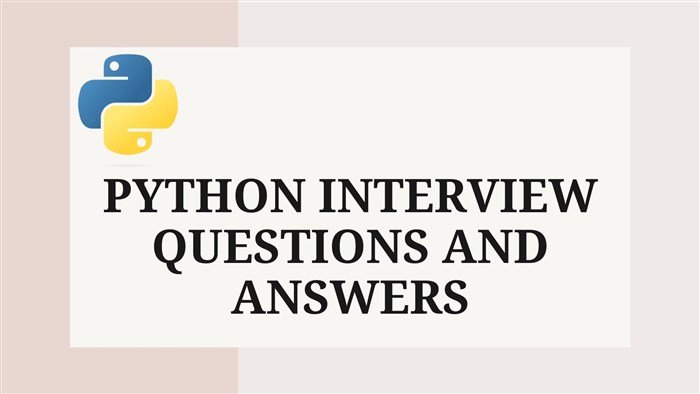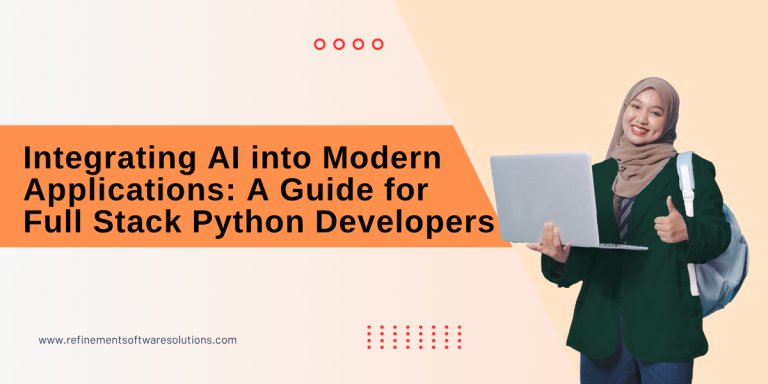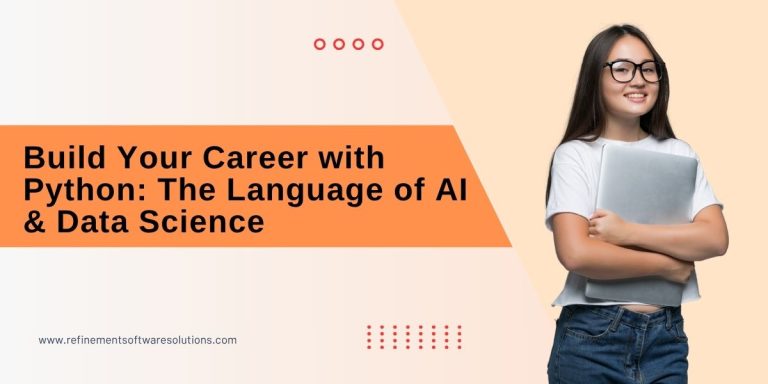Table of Contents
ToggleIntroduction
Whether you’re a fresher or an experienced developer, Python remains one of the most in-demand programming languages in today’s job market. From web development and automation to artificial intelligence (AI) and data science, Python’s applications are vast — and so is the competition for Python-related roles.
If you’re preparing for a Python job interview, mastering key concepts and understanding how to answer technical questions confidently is essential. Enrolling in a python training in Coimbatore can help you gain hands-on experience and real-world coding exposure, giving you an edge in interviews.In this blog, we’ve compiled 50 top Python interview questions and answers that cover basic to advanced concepts designed to help you ace your next interview.

Top 50 Python Interview Questions and Answers
1. What is Python?
Python is an interpreted, high-level, dynamically typed programming language used for web development, data science, AI, and automation.
2. Why is Python so popular?
Its simplicity, readability, and vast libraries make Python versatile and beginner-friendly.
3. What are Python’s key features?
- Interpreted
- Object-oriented
- Open-source
- Portable
- Extensible
4. What is PEP 8?
PEP 8 is the style guide for writing clean and readable Python code.
5. How is memory managed in Python?
Python uses automatic garbage collection to manage memory.
6. What is a Python decorator?
Decorators modify the behavior of a function or class without changing its code structure.
7. What are Python namespaces?
A namespace is a container that holds variable names and their corresponding objects.
8. What is a Python module?
A module is a file containing Python code (functions, variables, or classes).
9. What is a package in Python?
A package is a collection of modules organized in directories with an __init__.py file.
10. What are Python iterators?
An iterator is an object that allows sequential access to elements in a collection using the __iter__() and __next__() methods.
11. What are Python generators?
Generators are functions that yield values one at a time, making them memory efficient.
12. What is the difference between deepcopy() and copy()?
- copy() creates a shallow copy.
- deepcopy() duplicates all nested objects recursively.
13. What are Python data types?
- Numeric
- String
- List
- Tuple
- Set
- Dictionary
14. What is a lambda function?
A lambda function is a small anonymous function defined using the keyword lambda.
15. What is the difference between lists and tuples?
- Lists are mutable (can be modified).
- Tuples are immutable (cannot be changed).
16. Explain Python’s slicing concept.
Slicing allows you to access parts of sequences like strings, lists, or tuples using [start:stop:step].
17. What is the difference between is and ==?
- is compares object identities.
- == compares object values.
18. What are Python dictionaries?
Dictionaries store data as key-value pairs and are unordered and mutable.
19. What is list comprehension?
List comprehension offers a concise way to create lists in a single line.
20. How do you handle exceptions in Python?
Using try, except, finally, and raise blocks.
21. What is a Python class?
A class is a blueprint for creating objects in object-oriented programming.
22. What is inheritance in Python?
Inheritance allows a class to acquire properties and methods of another class.
23. What is polymorphism?
Polymorphism lets different objects respond to the same function or method differently.
24. What is encapsulation?
Encapsulation restricts direct access to an object’s attributes and methods.
25. What is an abstract class?
An abstract class contains one or more abstract methods and cannot be instantiated directly.
26. What is self in Python?
self refers to the current instance of a class and is used to access variables and methods.
27. How are static methods different from instance methods?
Static methods don’t require an object instance, while instance methods operate on object data.
28. What is multiple inheritance?
A class that inherits from more than one parent class is said to have multiple inheritance.
29. What is method overriding?
Redefining a method in the child class that exists in the parent class.
30. What are Python’s built-in data structures?
List, Tuple, Set, and Dictionary.
31. What are Python’s file handling modes?
- r – Read
- w – Write
- a – Append
- r+ – Read and write
32. How do you open and close a file in Python?
Using the open() and close() methods, or with with open() for automatic closure.
33. What is a virtual environment?
A tool for creating isolated Python environments for different projects.
34. What is pip?
pip is Python’s package manager for installing external libraries.
35. What is a docstring?
A docstring is a string literal used to document a function or class.
36. What is the difference between shallow and deep copy?
Shallow copies only duplicate top-level objects; deep copies duplicate all nested structures.
37. What are Python’s standard libraries?
os, sys, math, random, datetime, json, and re are commonly used libraries.
38. How can you optimize Python code?
- Use list comprehensions.
- Avoid global variables.
- Utilize built-in functions.
- Profile and cache results.
39. What is the difference between Python 2 and Python 3?
Python 3 supports Unicode by default and uses print() as a function.
40. What are Python frameworks?
Django, Flask, FastAPI, and Pyramid are popular frameworks for web development.
41. What is Django?
Django is a high-level Python web framework that simplifies building scalable web applications.
42. What is Flask?
Flask is a lightweight framework ideal for building small, flexible web applications.
43. What is NumPy used for?
NumPy provides powerful mathematical and array manipulation functions.
44. What is Pandas used for?
Pandas simplifies data manipulation and analysis with DataFrames and Series.
45. What is TensorFlow?
TensorFlow is a deep learning framework for building and training neural networks.
46. What are decorators used for?
Decorators modify a function’s behavior without altering its code structure.
47. How do you install external libraries?
By using pip install library_name.
48. What is recursion in Python?
A function that calls itself to solve sub-problems within a larger problem.
49. What is the Global Interpreter Lock (GIL)?
GIL ensures that only one thread executes Python bytecode at a time, preventing race conditions.
50. How do you debug Python code?
Using tools like pdb, logging, or IDE debuggers.
Why Python Training Matters
Interview success depends not just on memorizing answers but understanding real-world applications. A structured learning path from a python training institute in Coimbatore helps you gain practical knowledge through projects, problem-solving exercises, and mock interviews.
With the right training, you’ll learn how to approach interview questions with confidence explaining both the “what” and the “why” behind each answer.
Take the next step in your IT career today! Enroll in a Python Fullstack course in Coimbatore.
FAQ
1. What is AI integration in Full Stack development?
The Python is the entry-level Red Hat certification. It covers core Linux skills like installation, user management, file permissions, networking, and security.
2. How does python differ from fullstack?
While Pythonfocuses on basic system administration, goes deeper into automation, advanced networking, and enterprise-leve management using tools like Ansible.
Related Articles

Don’t Let AI Replace You Join Our Full Stack Python Course in Coimbatore with AI Integration

Integrating AI into Modern Applications: A Guide for Full Stack Python Developers

Full-Stack Python with Artificial Intelligence for Beginners


